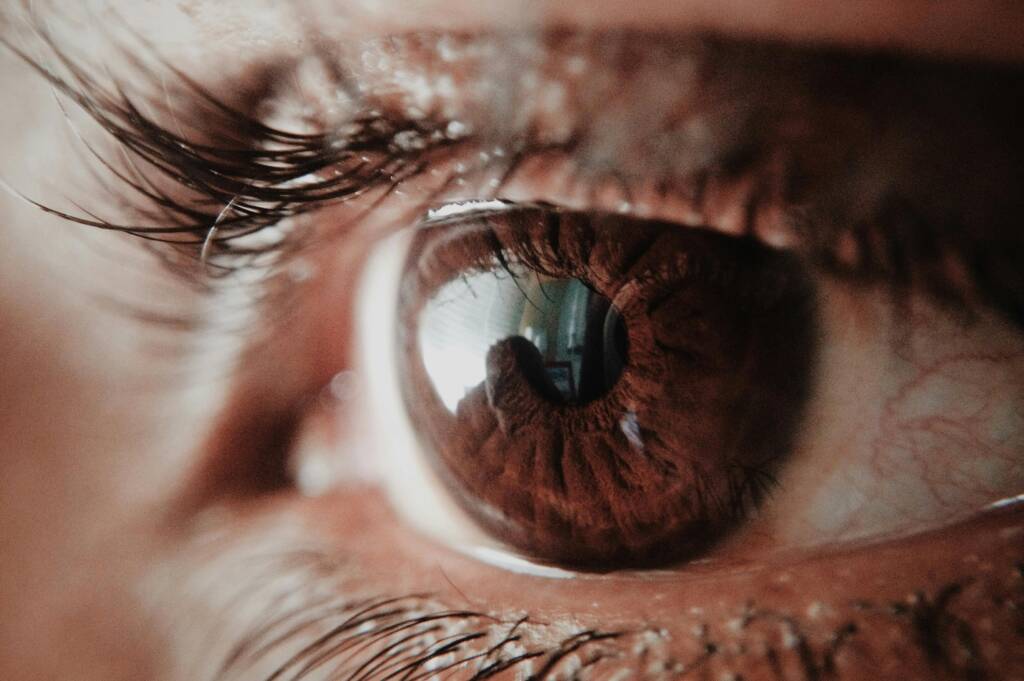Night vision goggles are an indispensable tool for many professionals who work in low light. But one frequently asked question is: can night vision goggles damage your eyes? Although they are made to improve vision in the dark, extended use of these devices may cause eye strain. It is important to know the risks involved in using night vision goggles regularly to protect your eyes. Although night vision goggles are necessary for many tasks, they can be hazardous to the health of your eyes if not used properly. Users can reduce the risks of eye strain by being aware of the ways in which these devices can cause discomfort from monochromatic light, reduce peripheral vision, increase brightness sensitivity, and cause eye strain. Ensuring a suitable fit, taking regular rests, and utilizing goggles with adequate brightness adjustments are all useful tactics for decreasing the strain on your eyes.
Let us explore the ways in which these devices can impact your vision and what you can do to minimize potential damage. Find below five ways how night vision goggles can damage the eyes.
Eye strain from prolonged use
One of the primary concerns with night vision goggles is the potential for eye strain, especially during extended periods of use. The constant exposure to the green or monochromatic display can cause the eyes to become fatigued, leading to discomfort and reduced visual acuity over time. This strain is particularly noticeable when the goggles are used for hours without breaks, making it important to limit continuous use and take regular rest periods to relieve the eyes.
Reduced peripheral vision
Night vision goggles typically focus on enhancing the central field of vision, which can lead to reduced awareness of the peripheral areas. This tunnel vision effect can cause the eyes to work harder to scan the surroundings, leading to overexertion and potential strain. Constantly trying to compensate for the limited field of view can cause discomfort and fatigue, particularly in challenging environments where situational awareness is crucial.
Brightness sensitivity
The intense brightness of the image produced by night vision goggles can cause sensitivity issues, especially when transitioning between different light levels. Sudden exposure to bright light while using night vision can cause temporary blindness or discomfort, as the eyes struggle to adjust. This sensitivity can be particularly problematic if the goggles are not equipped with adequate brightness control or automatic brightness adjustment features.
Long-term exposure to monochromatic light
The green or monochromatic display used in night vision goggles can have a long-term impact on eye health. Extended exposure to this limited color spectrum can cause discomfort and may affect the natural perception of color. While there is no definitive evidence linking monochromatic light exposure to permanent eye damage, it can still contribute to visual discomfort and strain, especially with prolonged use.
Inadequate fit and comfort
Improperly fitted night vision goggles can cause discomfort, leading to headaches, eye strain, and fatigue. If the goggles do not align correctly with the user’s eyes or if the device is too heavy, it can place undue pressure on the eyes and surrounding muscles. This discomfort can exacerbate the strain caused by the visual demands of the goggles, making it important to ensure that the device fits well and is adjusted properly before use.
Final words
Investing in high-quality night vision goggles with advanced features can also help mitigate some of these risks, ensuring that you can operate effectively without compromising your eye health. Whether you are in the field for professional purposes or recreational activities, being mindful of these potential issues can help you maintain healthy vision while benefiting from the advantages of night vision technology.
